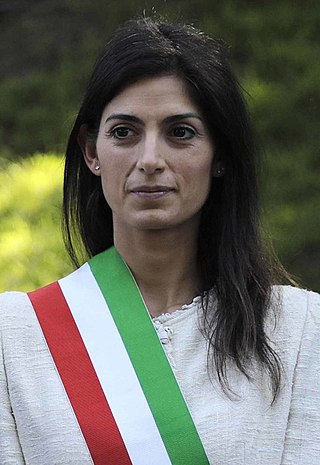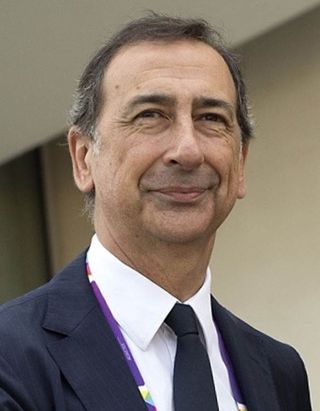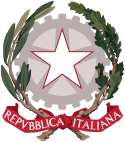
The 2013 Italian local elections were held on different dates; most on 26–27 May, with a second round on 9–10 June. In Italy, direct elections were held in 720 municipalities: in each municipality (comune) were chosen mayor and members of the City Council. Of the 720 municipalities, 20 were provincial capitals and only 171 had a population higher than 15,000 inhabitants.

Snap municipal elections were held in Rome on 5 and 19 June 2016, to elect the Mayor of Rome and 48 members of the City Council, as well as the fifteen presidents and more than 400 councillors of the 15 municipi in which the municipality is divided.

The 2016 Italian local elections were held on 5 June, with a run-off, where necessary if a candidate for Mayor obtained less than 50 percent of votes in the first round, held on 19 June.

The 2018 Italian local elections were held on different dates; most on 10 June, with a second round on 24 June. In Italy, direct elections were held in 720 municipalities: in each comune were chosen mayor and members of the City Council. Of the 783 municipalities, 21 were provincial capitals and only 112 had a population higher than 15,000 inhabitants.

The 2019 Italian local elections will be held on different dates; most on 26 May 2019, together with the 2019 European election, with a second round on 9 June. Direct elections will be held in 3,843 out of 7,918 municipalities; in each of these, mayor and members of the City Council are going to be elected. Of the 3,841 municipalities, 30 are provincial capitals.

The 2019 Basilicata regional election took place on 24 March 2019. The election was for all 20 members of the Regional Council of Basilicata, as well as for the President of the Region, who is also a member of the council. This election was the last one in Italy before the 2019 European Parliament election and the third one of the 2019 Italian regional elections.

The 2020 Italian local elections were held on different dates; they were originally scheduled to take place in May 2020, together with the 2020 regional elections, with a second round on June, but they were delayed on 20 and 21 September with a second round on 4 and 5 October due to the coronavirus pandemic in Italy. Direct elections were held in 1,172 out of 7,904 municipalities; in each of these, the mayor and the members of the City Council are going to be elected. Of the 1,172 municipalities, 18 are provincial capitals.
A Municipal election was held in Venice, Italy, on 20 and 21 September. It was originally scheduled to take place on May 31, 2020, but it was delayed due to the coronavirus pandemic in Italy.

Municipal elections took place in Rome on 3–4 October 2021 and 17–18 October 2021. Open for election were the office of Mayor of Rome and all the 48 seats of the City Council, as well as the presidents and councils of each of the fifteen municipi in which the city is divided.

Municipal elections took place in Milan, Italy, on 3 and 4 October 2021 to elect the Mayor and the 48 members of the City Council, as well as the nine presidents and 270 councillors of the nine administrative zones (municipi) in which the municipality is divided, each one having one president and 30 councillors.

The municipal elections in Bologna took place on 3 and 4 October 2021. The incumbent Mayor of Bologna was Virginio Merola of Democratic Party, who won the 2016 Bologna municipal election. The centre-left candidate Matteo Lepore won in a landslide with 62% of votes, becoming the most voted mayor since the introduction of direct elections in 1995.

The 2021 Italian local elections were held on 3 and 4 October. Originally scheduled as usual between 15 April and 15 June with run-offs two weeks later, the Government of Italy announced on 4 March that they were postponed to after the summer due to the COVID-19 pandemic in Italy. Elections took place in 1,293 out of 7,903 municipalities, 20 of which are provincial capitals. Mayors and city councils have been elected for the ordinary five-year terms, lasting till 2026.

The 2022 Italian local elections were held in various Italian local communities on 12 June 2022, with a run-off round on 26 June. Local elections in Trentino-Alto Adige/Südtirol were held on 15 May, with a second ballot on 29 May, while local elections in Aosta Valley on 29 May, with a second ballot on 12 June. Elections took place in 980 out of 7,904 municipalities, 26 of which were provincial capitals. Mayors and city councils were elected for the ordinary five-year terms, lasting till 2027.

The 2023 Italian local elections were held in various Italian local communities on 14–15 May 2023, with a run-off round on 28–29 May. Mayors of towns and cities across the country were elected.






